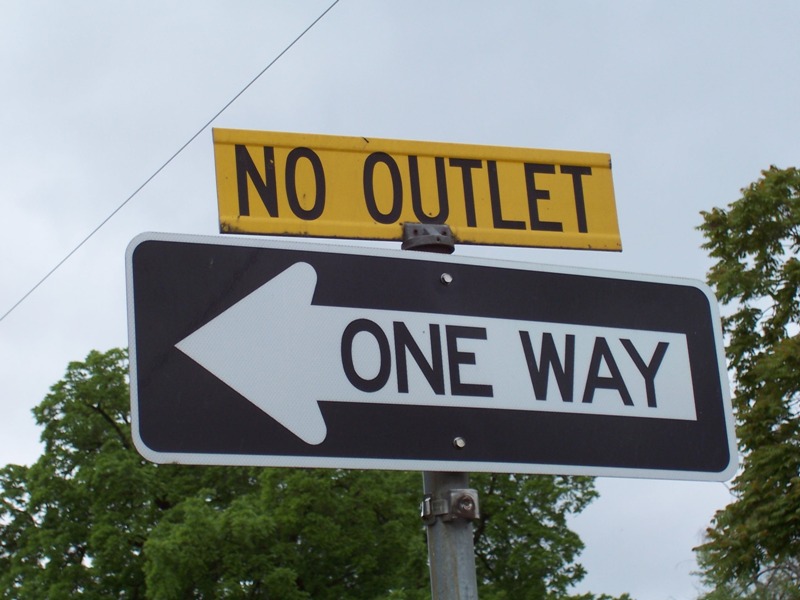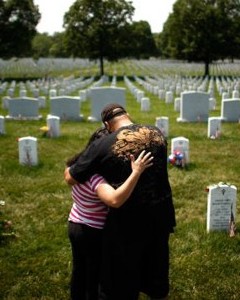Patti Lewis is the sole author of TheStandRecovery.com. Her credentials are not of a scientist, physician or treatment professional. But of a business executive and university professor with a track record of confronting and overcoming challenges through innovation and creative problem solving.
For 34 years Lewis served in business, resolving problems and tapping new opportunities with Procter & Gamble in sales and marketing, with the J. Walter Thompson Company in fast food account management, with Mattel, Tonka and Tyco Toys in marketing and management positions leading such brands as Masters of The Universe, Barbie, Pound Puppies and The Little Mermaid, and with The Alexander Doll Company and The Family Company as President and CEO. She served on the faculty of American University as Executive in Residence and Professor of Marketing, teaching strategic problem solving in marketing and brand management.
When her daughter developed a life-threatening eating disorder and subsequent substance abuse problem, she consulted the experts, expecting a wide range of ideas and options to consider, but instead found that all resources presented the same information, offered one conclusion, and pointed in one direction to a single answer.
The experts were confident and unified. Their solution was time-tested and universally accepted as the only legitimate diagnosis and course of action. She was urged to accept their truth that her daughter, a scholastic All-American athlete, had developed a chronic disease that could not be overcome. To save her life, her daughter would have to enter residential addiction treatment where she could learn the twelve steps to manage her disease, one day at a time. With no visible option but to lose her daughter, Lewis followed the experts and took the one-way turn.
But as repeated rounds of treatment only pulled her daughter deeper into her addictions, Lewis dug into the research that shaped the prevailing addiction diagnosis and its treatment method, as well as the data behind the treatment’s outcome claims. What she found, shed light on a failed addiction system that was failing her daughter and countless others. And that was when Lewis set out to find a better way.
Over the next seven years, having formed a 501C-3 corporation and world-class science and treatment advisory board, Lewis delved more deeply into the work that initially framed, and continues to hold up the established addiction industry platform. She received tremendous support from the scientific community that encouraged her exploration of cutting edge research in brain, behavior and learning sciences addressing the most critical issues surrounding addiction. She interviewed hundreds of scientists, treatment specialists and other addiction industry professionals, people of assorted ages and backgrounds with various addictions, and families of people that were struggling – and too often dying – with addiction.
Out of this work emerged a plan to begin reshaping how addiction is understood and treated. Lewis presented the plan to the leadership of every NIH institute dealing with addiction and related issues. The plan was uniformly welcomed, accepted as valid work offering plausible-to-likely conclusions, with reasonable diagnostic and treatment strategies. And it was uniformly handed back, along with wishes of luck and offers of tangible support once she had proved the plan’s efficacy through clinical testing. In the meantime, the industry would stay the course, holding to a system it acknowledged to be highly flawed, that had not slowed the expansion of addiction or the growing death rate from substance abuse – now the leading cause of accidental death in the U.S..
Lewis continued her work, taking an unexpected turn to amend her plan, incorporating core ideas from discipleship education and training, a field where her daughter was finding new strength and purpose, as well as from breakthrough findings in brain research that dispelled theories underlying the industry’s long held definition and diagnosis of addiction.
The revised plan, The Stand, breaks new ground and has raised controversy, as it brings together principles of faith and science to re-define addiction as a life-threatening condition that is fully treatable; from which one can fully recover and go on to enjoy a productive, highly rewarding life, free of addiction.
Lewis believes we do not have the luxury of waiting years longer for a clinical test to prove what available work currently demonstrates to be so. She asks, how many hundreds more must die from substance abuse and other addictions, how many more millions of young lives and entire families must be destroyed as the nation sits and waits on an industry that seems content to rest in its entrenched position until …what?
Lewis believes that a properly informed people can be the most effective weapon against the spread of addiction. That when the people most affected learn the truth, they will stand and demand a program that acts on it. And she believes that they will remain standing until their demand is met.
TheStandRecovery.com begins the process of informing readers about what is known, what is not known, and what is believed about substance abuse and other harmful addictions.

